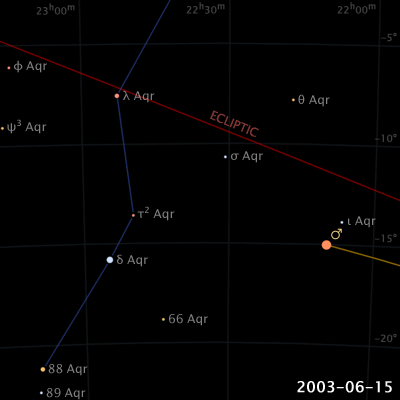 | ||
The year 2003 was an exciting one for new scientific discoveries and technological breakthroughs progress in many scientific fields. Some of the highlights of 2003, which will be further discussed below, include: the anthropologic discovery of 350,000-year-old footprints attesting to the presence of upright-walking humans; SpaceShipOne flight 11P making its first supersonic flight; the observation of a previously unknown element, moscovium was made; and the world’s first digital camera with an organic light-emitting diode (OLED) display is released by Kodak.
Contents
- Anthropology
- Astronomy
- Biology
- Chemistry
- Mathematics
- Medicine
- Meteorology
- Space exploration
- Technology
- Awards
- Births
- Deaths
- References
The year 2003 is also notable for the disintegration of the Columbia Space Shuttle upon its re-entry into earth’s atmosphere, a tragic disaster which took the lives of all seven astronauts on board; the Concorde jet made its last flight, bringing to an end the era of civilian supersonic travel, at least for the time being; and the death of Edward Teller, physicist and inventor of the hydrogen bomb.
